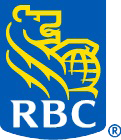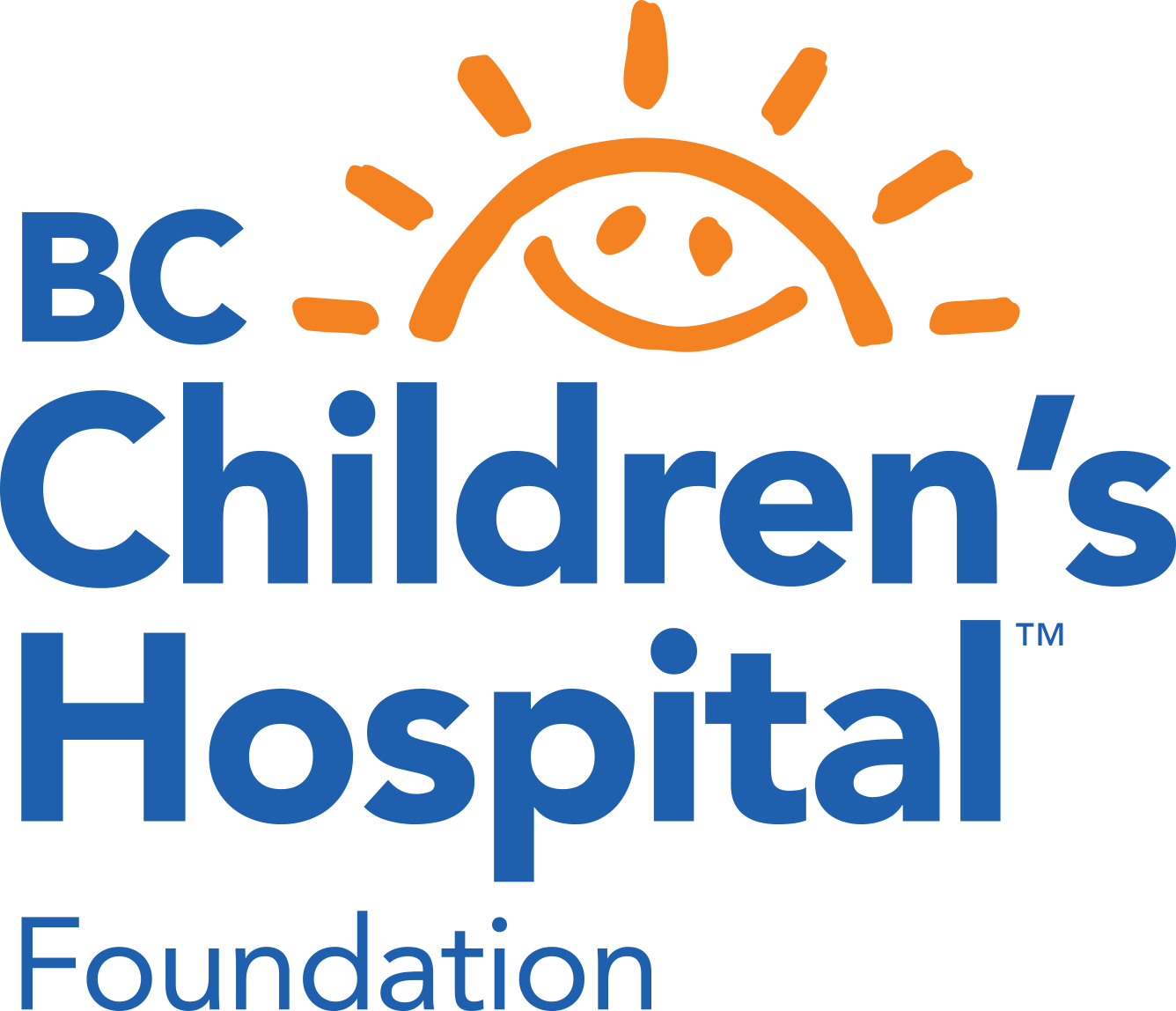Buprenorphine/Naloxone (Suboxone®) belongs to a group of medications called opioid agonist therapy (OAT).
What is this medication used for?
Buprenorphine/naloxone is approved by Health Canada for management of adults with moderate to severe opioid dependence. Buprenorphine/ naloxone is not approved by Health Canada for use in children and adolescents.
When potential benefits outweigh risks, buprenorphine/naloxone may be prescribed “off-label” for adolescents. Learn more about off-label medication use: http://bit.ly/KMH-off-label-use
Tell your doctor or pharmacist if you:
- Have allergies or bad reactions to a medication.
- Take or plan to take other prescription or non-prescription medications (including natural medicines). Some medications interact with buprenorphine/naloxone.
- Your doctor may adjust doses or monitor for side effects.
- Have a history of severe respiratory problems, liver disease, bowel obstruction, seizures, mental/mood disorders, head injury, acute appendicitis, pancreatitis, history (or family history) of heart disease, arrhythmia or "QTc prolongation".
- Miss a menstrual period, are pregnant, breast-feeding or planning a pregnancy.
- Use alcohol or street drugs. Taking buprenorphine/ naloxone together with certain substances may cause a bad reaction. Learn more at www.DrugCocktails.ca
When will the medication start to work?
Buprenorphine/naloxone is usually prescribed to be taken once daily and starts to work within 30-60 minutes. It is important that you continue taking buprenorphine/naloxone regularly to get the most benefit from this medication.
Talk with your doctor if you feel that buprenorphine/naloxone has not been helpful or if side effects are too bothersome. Your doctor may recommend switching you to a different dose or medication.
How do I take this medication?
Buprenorphine/naloxone is usually taken once a day. Buprenorphine/naloxone is a sublingual tablet that should be placed under the tongue until dissolved. You should not swallow or chew this medication.
If multiple tablets are required to reach a prescribed dose, you may place all tablets under your tongue at once or in two divided portions (i.e., a second tablet placed sublingually immediately after the first tablet has dissolved).
You should not consume food or drink until the tablet is completely dissolved. If you vomit after the tablet is dissolved, absorption is not affected.
Possible common or serious side effects:
Side effects may be more common when starting a medication or after a dose increase. Talk to your doctor, nurse or pharmacist if any side effect concerns you.
- Dizziness or low blood pressure
- Drowsiness or headache
- Stomach ache, constipation
- Weakness or difficulty falling asleep
- Dry mouth
- Nausea, vomiting, stomach ache or constipation
- Dark urine or yellowing of eyes/skin
- Infertility or changes in sexual performance
Contact your doctor immediately if you experience:
- Slow, shallow, or weak breathing
- Chest pain, irregular heartbeat, or uncomfortable awareness of your heartbeat
- Unexplained rash, seizure, fever, or excessive sweating
- Severe abdominal pain or constipation
- Agitation, restlessness, loss of muscle control or muscle twitching, tremor
- Unusual changes in mood or behaviour such as ongoing sadness or seeing, hearing, or feeling things that are not there
- Thoughts of hurting yourself, suicide, increased hostility, or worsening symptoms
What precautions should my doctor and I be aware of when taking this medication?
- Many medications may interact with buprenorphine/ naloxone, including certain pain medications, medications that affect the heart rhythm, monoamine oxidase inhibitors, CNS depressants, sleep-aides, and several others. If you are (or begin) taking any other prescription, over-the-counter medication, natural health product or supplement, check with your doctor or pharmacist to see if they are safe to use.
- While taking this medication, if you feel dizzy, drowsy, or slowed down in the morning, do not drive a car or operate heavy machinery. Alcohol could make this worse. Try to avoid alcohol while taking buprenorphine/naloxone.
- Attending counselling (as recommended by your doctor) increases the likelihood that this medication will help you continue to overcome opioid dependence.
How does this medication work?
Like other opioids, buprenorphine works by tightly binding to the same receptors in the brain as other opioids, such as heroin, morphine, and oxycodone. By doing so, it blunts intoxication with these other drugs, it prevents cravings, and allows many people to transition back from a life of addiction to a life of normalcy and safety. Naloxone is added to buprenorphine to help decrease risk of misuse and diversion (naloxone blocks the action of opioids and can cause feelings of withdrawal if this product is injected).
What special instructions should I follow while using this medication?
Keep all your appointments with your doctor and the laboratory. Your doctor may order lab tests to check how you are responding, and to monitor for side effects. Try to keep a healthy, well-balanced diet and exercise regularly.
Do not allow anyone else to use your medication (the medication could cause overdose and/or serious harm to persons who are not opioid dependent or experiencing the same level of opioid dependence).
What should I do if I forget to take a dose of this medication?
If you forget to take a dose of buprenorphine/naloxone, take the missed dose as soon as you remember. However, if it is more than 4 hours after your scheduled dose or most of the day has passed, skip the missed dose and continue regularly with your next scheduled dose. DO NOT double your next dose to try to 'catch up'.
How do I store this medication?
Keep this medication in the original container, stored at room temperature away from moisture and heat and protected from light. Keep this medication out of reach and sight of children.
How well does the medication work in children and adolescents?
Evidence from adults shows that buprenorphine/naloxone helps treat opioid dependence by preventing withdrawal symptoms (i.e., nausea, vomiting, diarrhea, anxiety, cold and clammy skin, sweating, body aches, loss of appetite) and to help decrease risk of misuse and diversion (i.e., need to inject).
Buprenorphine/naloxone has been studied for moderate to severe opioid dependence in adults and was shown to be significantly better than placebo (an inactive injection) in preventing withdrawal symptoms and opioid use. Its use has been shown to lower the risk of fatal overdoses by approximately 50% and also reduces the risk of nonfatal overdoses which are traumatic and medically dangerous. Buprenorphine/naloxone may be helpful for people with opioid dependence when combined with behavioural treatment.
How long should I take the medication for?
This depends on your risk of using opioids after starting treatment with buprenorphine/naloxone. Your doctor will discuss the benefits and risks of taking buprenorphine/naloxone with you. At this time, you can also discuss how long you might need to take this medication. Once treatment has shown to be effective, your doctor may slowly reduce the maintenance dose until it can eventually be stopped.
Do not increase, decrease, or stop taking this medication without discussing it with your doctor. If you stop taking buprenorphine/naloxone suddenly you may experience an increased occurrence of withdrawal symptoms. If you feel this medication is not managing your symptoms well enough, speak with your doctor about your treatment options.



